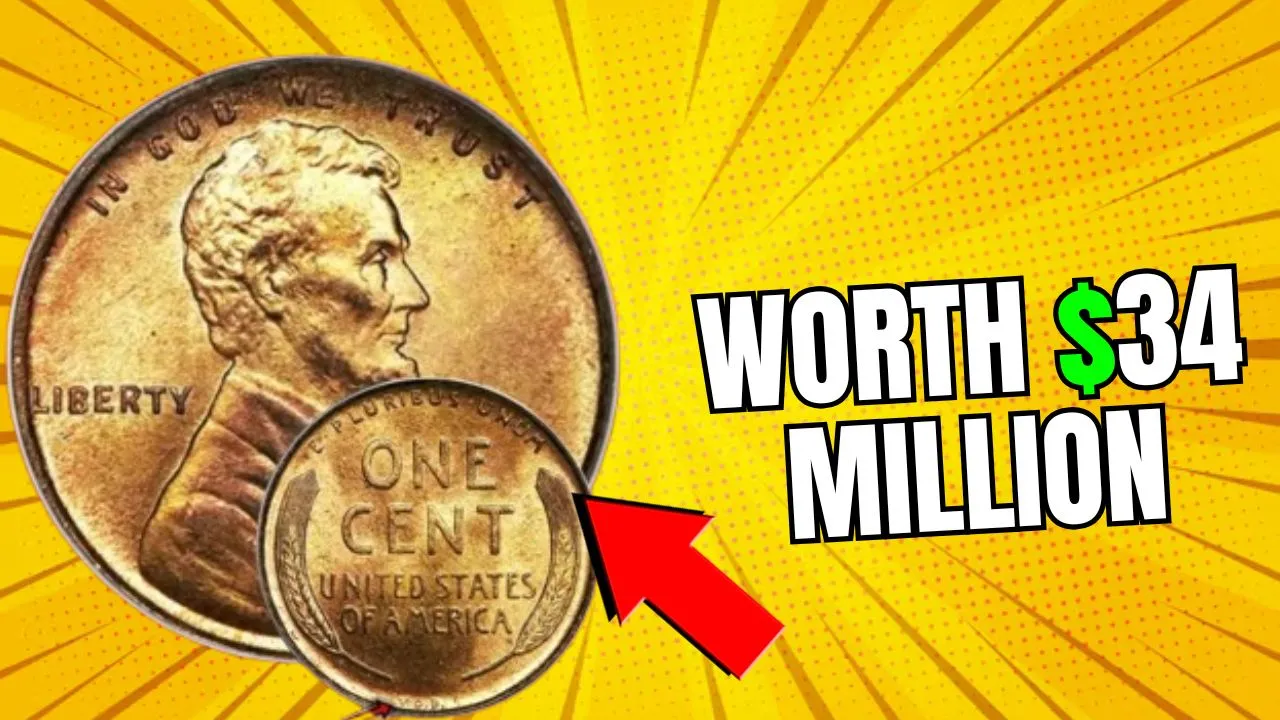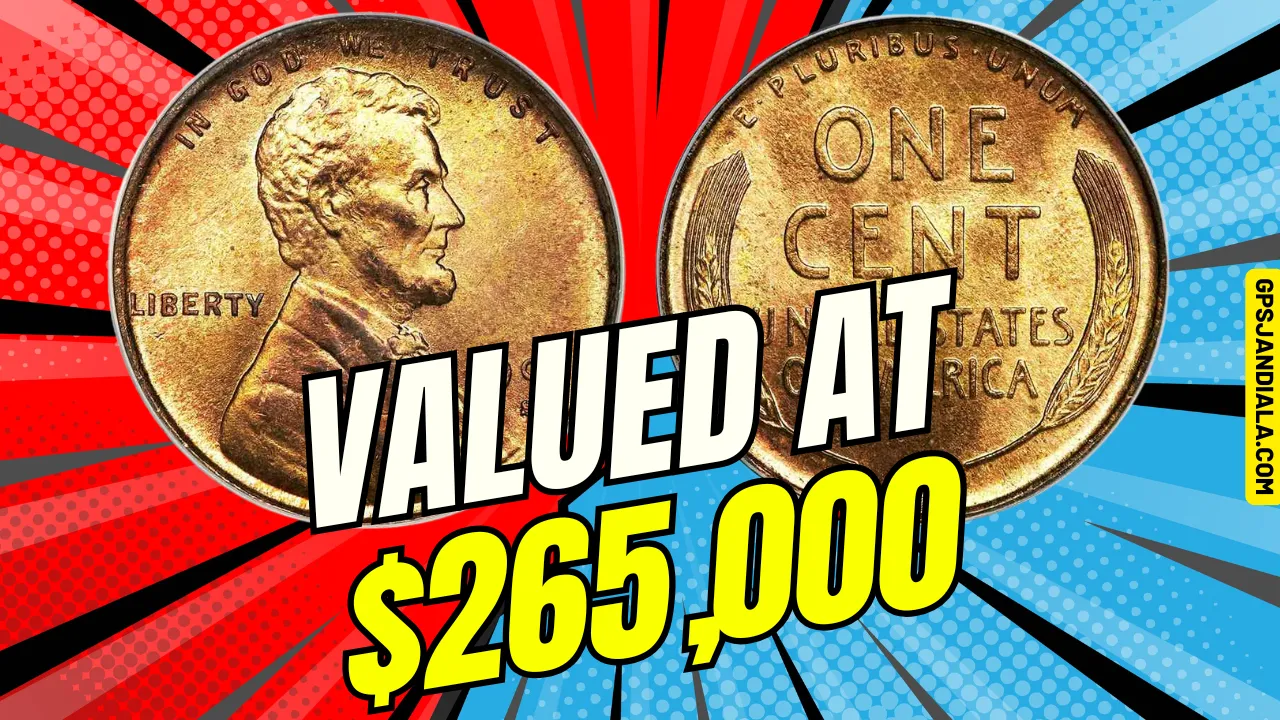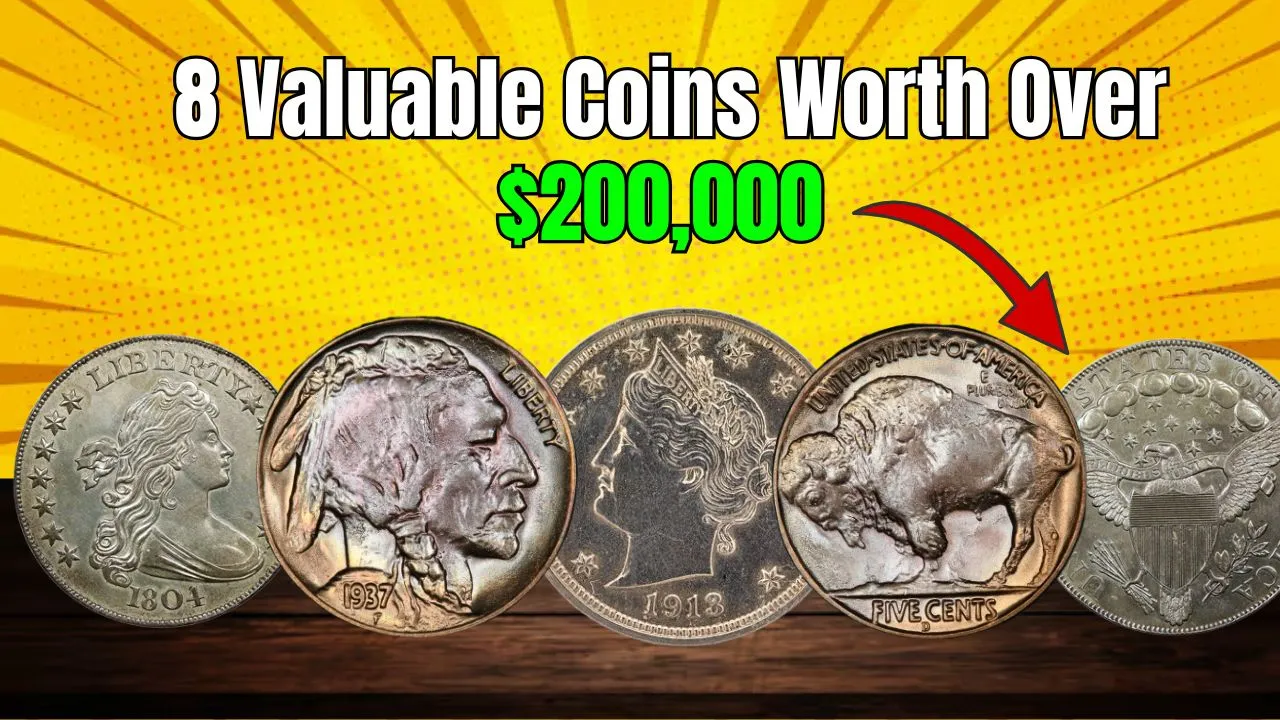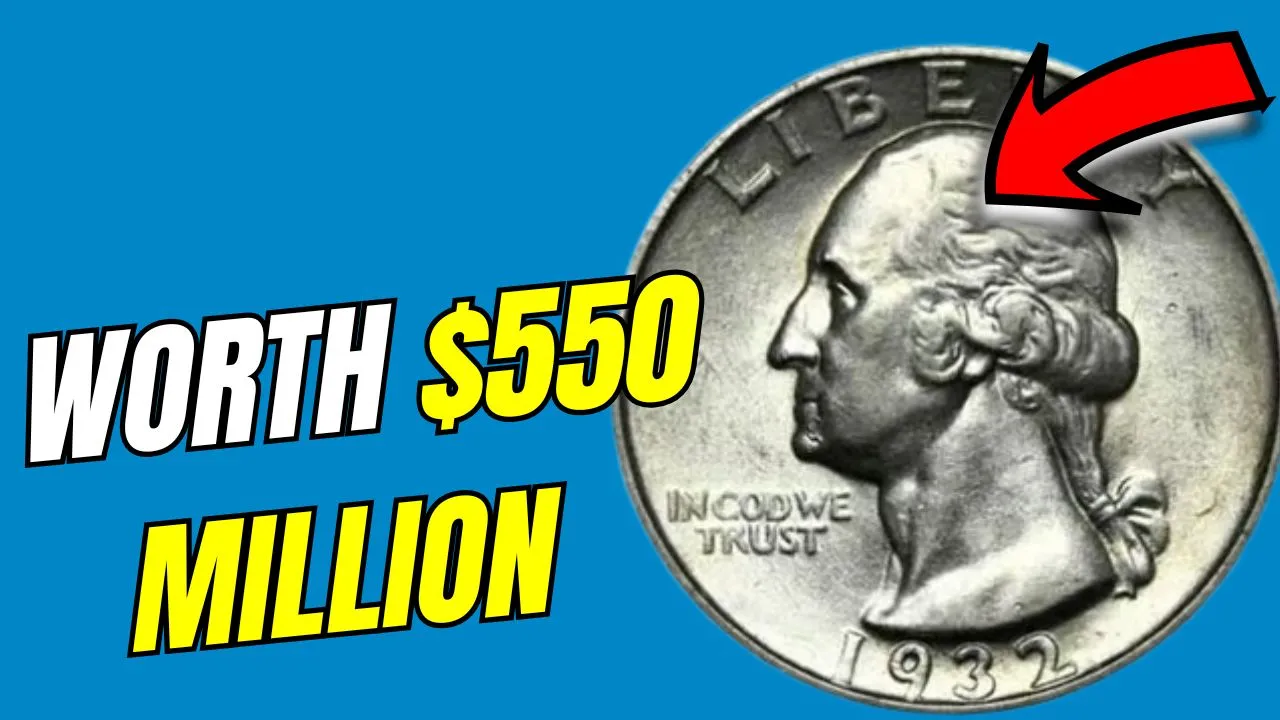The Lincoln Wheat Penny Valued at $34 Million: The Lincoln Wheat Penny is more than just a piece of American currency—it’s a symbol of history, artistry, and, for a lucky few, immense value. While most pennies might seem insignificant, one particular version of the Lincoln Wheat Penny has shocked the numismatic world with its estimated worth of $34 million. It’s a story of rarity, error, and fascination that has collectors scouring their old piggy banks and change jars in hopes of uncovering this elusive treasure.
In this article, we’ll dive into the incredible history of the Lincoln Wheat Penny, examine the factors that make some of them so valuable, and guide you on how to identify if you own one of these rare coins. You might just be sitting on a fortune without even realizing it!
Quick Overview of the Lincoln Wheat Penny
| Detail | Information |
| Year Introduced | 1909 (100th anniversary of Abraham Lincoln’s birth) |
| Designer | Victor David Brenner |
| Obverse Design | Profile of Abraham Lincoln |
| Reverse Design | Two wheat stalks, representing prosperity |
| Minting Period | 1909–1958 |
| Most Valuable Variant | 1943 Bronze Wheat Penny (valued at up to $34 million) |
| Reason for Rarity | Minting errors, limited production, and high collector demand |
The History of the Lincoln Wheat Penny
The Lincoln Wheat Penny, often referred to as the “Wheat Cent,” was introduced in 1909 to honor the centennial of Abraham Lincoln’s birth. It was the first U.S. coin to feature the profile of a real person rather than symbolic imagery, marking a significant departure in American coinage.
Designed by Victor David Brenner, the obverse of the coin features a detailed profile of Lincoln, while the reverse showcases two wheat stalks, a symbol of growth and prosperity. The coin remained in circulation until 1958, when the wheat stalks were replaced by the Lincoln Memorial design. Despite its long discontinuation, the Wheat Penny remains a beloved piece of U.S. history, particularly for collectors.
Why Is the Lincoln Wheat Penny Worth $34 Million?
Not every Lincoln Wheat Penny is worth millions, but certain rare versions, such as the 1943 Bronze Wheat Penny, have reached legendary status due to their unique stories and extreme rarity.
The 1943 Bronze Wheat Penny: A Minting Marvel
During World War II, copper was in high demand for wartime production, so the U.S. Mint switched to zinc-coated steel for pennies in 1943. However, a small number of pennies were accidentally struck using leftover bronze planchets (metal blanks).
These bronze coins were never meant to be minted and represent one of the rarest errors in U.S. coinage history. The 1943 Bronze Wheat Penny has become a numismatic legend, with one specimen reportedly selling for $34 million. Its rarity and the fascinating wartime backstory behind its creation make it a highly sought-after piece among collectors.
Rarity and Demand: The Key Drivers
The value of a coin is heavily influenced by its rarity and the demand among collectors. With only a handful of 1943 Bronze Wheat Pennies known to exist, their scarcity alone would drive their price sky-high. Add in their unique history and the fierce competition among collectors, and you have a recipe for astronomical values.
Condition Is King
Even among rare coins, condition matters. Coins that have been preserved in near-perfect condition, often referred to as “Mint State” or “Uncirculated,” fetch far higher prices than those showing signs of wear. The better the condition, the higher the value—making proper storage and handling crucial for collectors.
How Are Rare Lincoln Wheat Pennies Still in Circulation?
Although the last Lincoln Wheat Penny was minted in 1958, billions of these coins were produced, meaning many are still out there. While most Wheat Pennies are only worth their face value or slightly more, some rare specimens, like the 1943 Bronze Penny, could still be lurking in circulation.
Why? Many people don’t pay close attention to pennies, often overlooking older coins in pocket change or forgotten jars. This makes it entirely possible for a valuable coin to remain undiscovered, waiting for someone to notice its significance.
How to Identify a Rare Lincoln Wheat Penny
If you’re curious about whether you have a valuable Lincoln Wheat Penny, here are some simple steps to check:
- Examine the Year: Look for rare dates like 1909-S VDB, 1914-D, and 1943. These are some of the most valuable years for Wheat Pennies.
- Check the Mint Mark: Coins minted in San Francisco (S) and Denver (D) are often rarer than those from Philadelphia, which have no mint mark.
- Inspect the Condition: Use a magnifying glass to examine the coin. Sharp details, a shiny surface, and no scratches indicate better condition, increasing the value.
- Consider Professional Grading: For a definitive evaluation, have your coin graded by a professional service like PCGS (Professional Coin Grading Service) or NGC (Numismatic Guaranty Corporation).
The Joy of Coin Collecting
The story of the $34 million Lincoln Wheat Penny highlights the thrill and excitement of coin collecting. For some, it’s about the monetary value, but for many, the real joy lies in the history and craftsmanship behind each coin. Every penny has a story to tell—from the economic conditions of its time to the people who once used it in everyday transactions.
Whether you’re a seasoned collector or a curious beginner, coin collecting offers an opportunity to connect with history in a tangible way. Plus, the chance of discovering a rare treasure makes the hobby even more exciting!
FAQs About the Lincoln Wheat Penny
1. What makes the 1943 Bronze Wheat Penny so valuable?
The 1943 Bronze Wheat Penny is considered valuable because it was accidentally minted using bronze planchets during a year when pennies were supposed to be made of zinc-coated steel. Its rarity makes it highly desirable.
2. Are all Lincoln Wheat Pennies worth money?
No, most Lincoln Wheat Pennies are worth just a few cents or slightly more. However, rare versions like the 1943 Bronze Penny or 1909-S VDB can fetch thousands or even millions of dollars.
3. How can I tell if my Wheat Penny is rare?
Look for key factors like the year, mint mark, and condition. Rare dates and minting errors are particularly valuable.
4. Where can I sell a rare Wheat Penny?
You can sell rare coins through auctions, coin dealers, or online marketplaces. Make sure to get your coin appraised before selling.
5. Could there still be a $34 million Wheat Penny in circulation?
Yes, it’s possible! Rare coins like the 1943 Bronze Penny could still be hiding in everyday change or old collections.
Final Thoughts
The Lincoln Wheat Penny isn’t just a small piece of metal—it’s a historical artifact that captures the imagination of collectors and history buffs alike. Whether it’s the legendary 1943 Bronze Wheat Penny or another rare find, these coins remind us that even ordinary objects can hold extraordinary value.
So next time you come across a penny, take a closer look. You might just discover a hidden treasure worth millions!
If this article inspired you, share your thoughts below and let us know if you’ve ever found a rare coin. And don’t forget to explore more fascinating stories about the world of collectibles!












